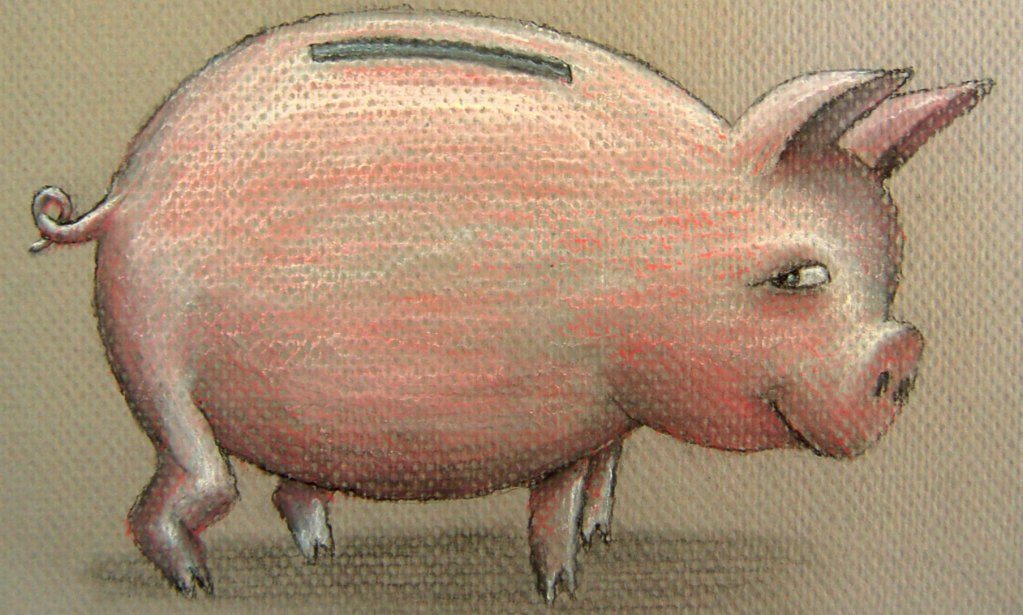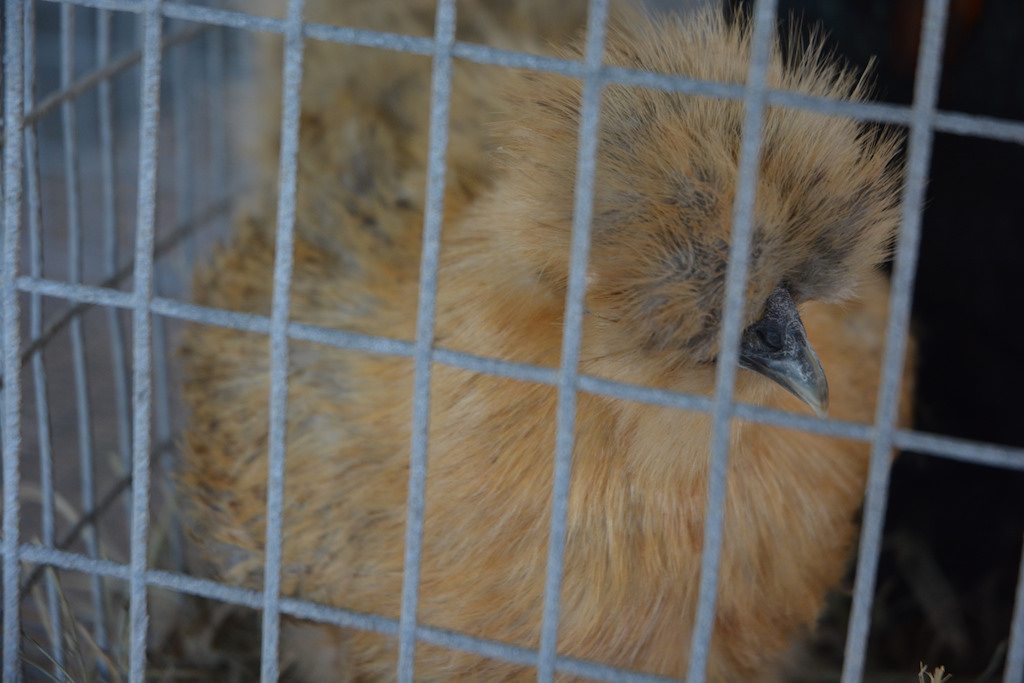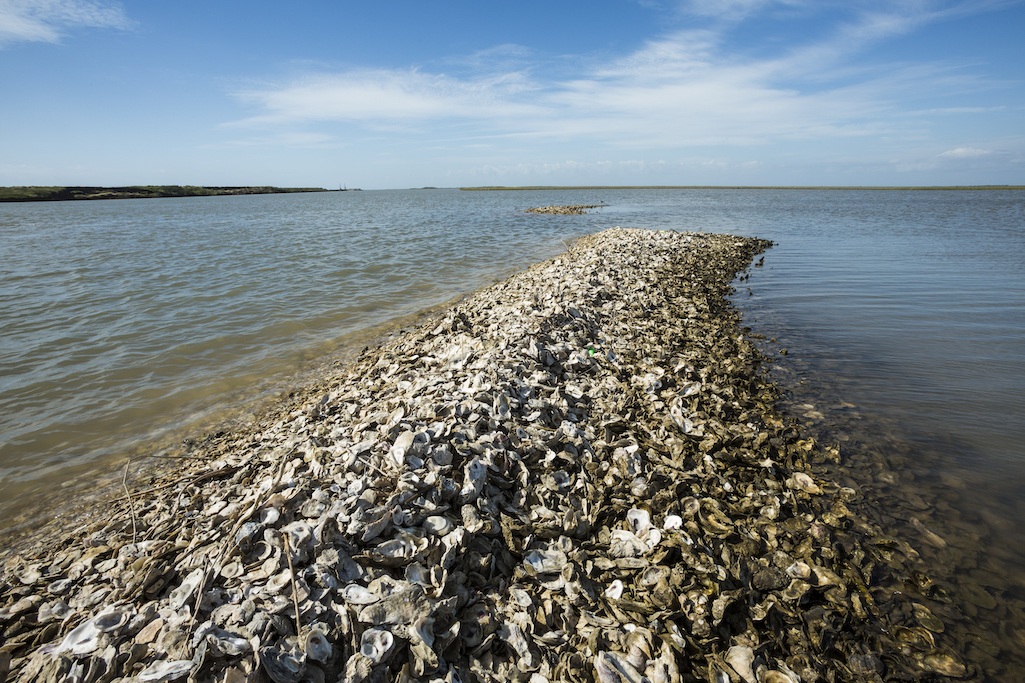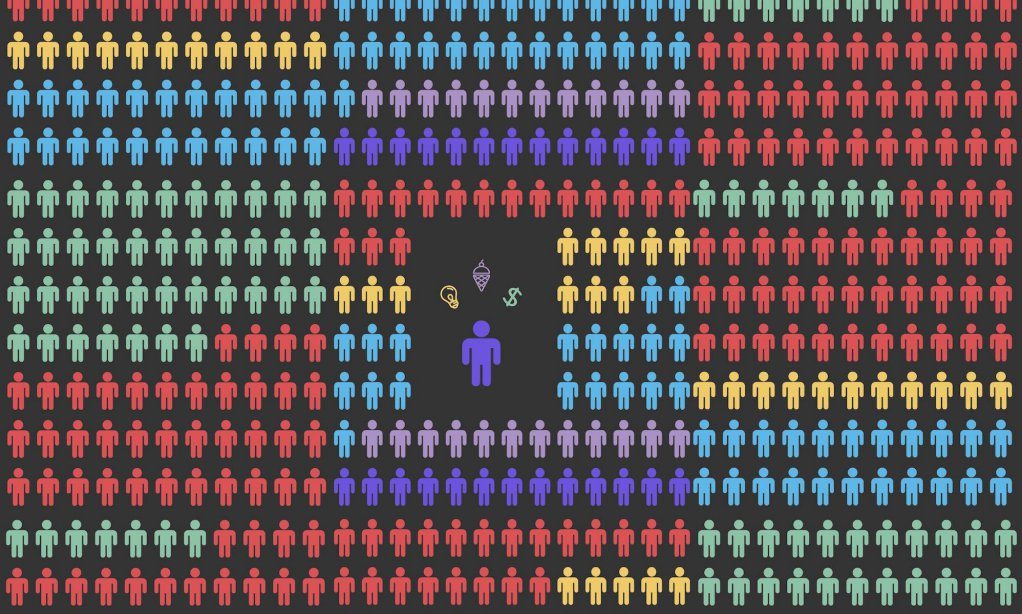I don’t know if you were as excited as I was to see that Peter Singer was reviewing Wayne Pacelle’s just-published new book, The Humane Economy: How Innovators and Enlightened Consumers Are Transforming the Lives of Animals, in the New York Review of Books. Here was a philosopher whose approach to animal rights transformed the field reviewing the pragmatic head of the Humane Society of the United States, a man who helped bring about California’s egg law and negotiated with Sea World over ending its use of orcas in its shows—and all in a venue noted for no-holds-barred analysis. It looked like the setup for a food movement Rumble in the Jungle.
Or not.
 Harper Collins Publishers
Harper Collins Publishers Singer’s article is worth reading, but it doesn’t crackle. He starts out with one of the key questions that faces the food world—can capitalism in the service of a morally informed market become a force against animal suffering?—then mostly dodges it, in ways that say a lot about two characteristic ways that discussions within the food community go astray.
What ways? First, Singer gives Pacelle a pass on points that he presumably agrees with. For example, in a discussion of ways in which morally informed consumerism has brought about change, he cites Pacelle on animal-free Cirque du Soleil, which over the course of 20 years grew as much as Ringling Bros. had in a century, demonstrating that the public had lost its taste for watching exotic animal tricks.
The correct response at this point would have been to call shenanigans on Pacelle. The case of Cirque du Soleil illustrates many things, but catering to uncomfortable consumers doesn’t rank high on the list. Cirque du Soleil (as this article from Quartz explains nicely) is a classic example of a “blue ocean” strategy: It succeeded not because it competed successfully with Ringling, but because it was able to identify new potential customers who mostly wouldn’t be caught dead at a conventional circus and lure them in with Broadway-style production values and an artsy recasting of traditional circus skills. It didn’t compete. It went fishing elsewhere. As a result, Cirque was able to go after high-end and corporate clients, crank up ticket prices, and shed the crippling costs of buying, training, and caring for animals, while the traditional circuses mostly focused on an arms race of big-name acts that increased their costs while doing nothing for revenue.
Did consumer revulsion play any role in all of this? It probably cost Ringling some ticket buyers, but not enough to take it as proof that attitudes about cruelty to animals are changing for the better. Singer should have known, or if he wasn’t familiar with the extremely well documented case, he should have spotted the sheer unlikeliness of what Pacelle was arguing. A reviewer’s job in part, is to let us know when a writer is falling into wishful thinking—not join him in it.
The trouble is that on some level, Singer doesn’t seem to care all that much about improving conditions for animals. Improved conditions aren’t enough for him. He wants to free the world from the kind of “speciesism” that permits us to eat animals at all. There’s nothing wrong with that, of course, but in this case it clearly leads him not to take seriously Pacelle’s ideas about reducing cruelty without necessarily remaking our entire relationship with the animal world. And those ideas are worth thinking about, not least because, as Pacelle’s examples point out, some of them seem to be achievable—whether it’s pressuring McDonald’s into using humanely raised pork or getting California to impose stricter standards on how chickens are housed. Was it capitalism per se that got these things to happen? That’s a fairly interesting question that Singer doesn’t really address.
He should have. One of the glorious things about the food movement is the way it reaches into so many parts of human life—health, ethics, ecology, economics, urban policy, justice. One of the least glorious things about it is how much time the representatives of these various realms spend talking past each other. Too often, the discussion is yet another variant on “Your solution doesn’t solve my problem.” Path X to more healthful food isn’t cheaper. Path Y to cheaper food depletes the environment. Path Z to achieving lower environmental impact doesn’t address issues of social justice. It’s not that anyone is wrong. It’s that at the end of the conversation, we still don’t know if X, Y, and Z could even accomplish what they intend to, much less whether there’s a way to work with them to get further on multiple goals than we would have otherwise.
I’m not suggesting that everyone sit down and hammer out a consensus view of the world. (I shudder even to think of the process.) But if a movement of people who on deep levels disagree about goals and priorities want to get things done, they need to be pretty skilled at talking to each other. Not giving each other a pass when they encounter sloppy thinking that leads to conclusions they happen to agree with. Not coming at each other with mouths open and ears shut. Really talking.
I know, we’ve given up on that idea in politics lately. But the food movement should do better.












